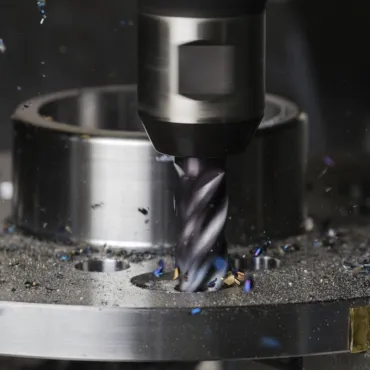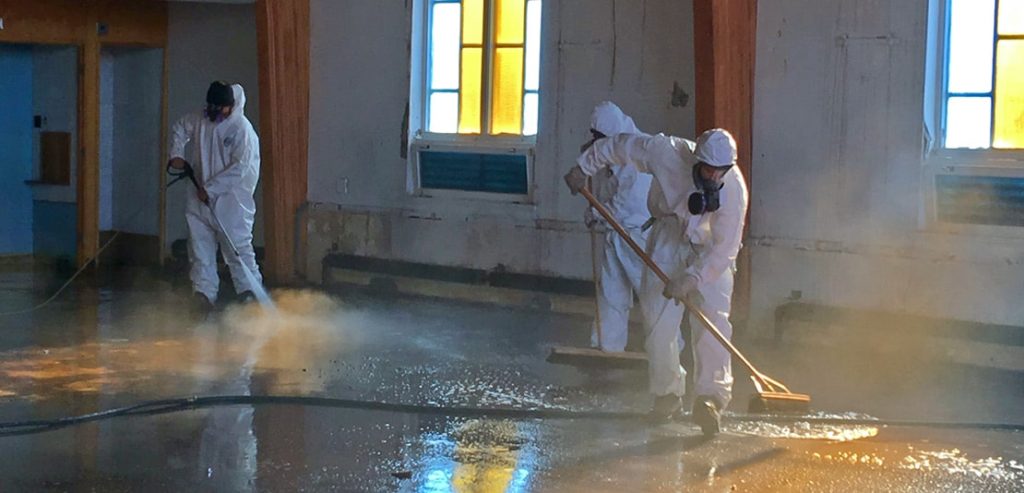In the rapidly evolving manufacturing sector, businesses continually seek ways to improve productivity, accuracy, and efficiency. One of the most transformative developments in this arena is Advanced CNC Turning Technology. This innovation not only streamlines production processes but also enhances the quality of outputs across various industries.
What is CNC Turning Technology?
Computer Numerical Control CNC Turning is a machining process where a computer-controlled lathe rotates material while cutting tools shape it into precise forms. Unlike manual methods, CNC turning offers a higher degree of consistency, speed, and minimal human error.
Key Benefits of Advanced CNC Turning:
- Precision Engineering: Advanced CNC turning machines deliver ultra-fine tolerances, crucial for industries requiring complex, detailed components.
- High-Speed Operation: Faster cutting speeds reduce production times significantly, increasing throughput without compromising quality.
- Automated Efficiency: These machines operate with minimal supervision, optimizing labor and lowering operational costs.
- Repeatability: Once programmed, the same design can be replicated flawlessly across multiple runs.
- Versatility: CNC turning accommodates a wide range of materials including metals, plastics, and composites.
Boosting Productivity with Smart Automation
One of the leading reasons manufacturers are adopting advanced Uneed CNC turning is the notable increase in productivity. With real-time tool monitoring and predictive maintenance features, downtime is significantly reduced. Smart automation systems ensure smoother operations by:
- Minimizing tool wear with optimized cutting paths
- Reducing manual intervention through programmable cycles
- Enhancing setup times with quick-change tooling systems
These enhancements lead to faster turnaround times, allowing manufacturers to meet tighter deadlines and adapt to fluctuating market demands.
Improving Accuracy with Precision Controls
In applications where even the smallest deviation can lead to failure, accuracy is non-negotiable. Advanced CNC turning equipment uses high-resolution encoders, closed-loop control systems, and thermal compensation to deliver consistent accuracy.
How Accuracy is achieved:
- Digital calibration systems for precise alignment
- Automatic tool offset adjustments during operation
- Real-time quality monitoring and feedback loops
This level of precision supports industries like aerospace, medical device manufacturing, and automotive production, where component integrity is critical.
Sustainable and Cost-Efficient Manufacturing
Beyond productivity and accuracy, CNC turning promotes sustainability. Modern machines are designed to reduce material waste and energy consumption. Chip management systems, coolant recycling, and energy-efficient drives contribute to an eco-friendlier production cycle.
Unlocking Innovation with the Right Technology Partner
Choosing the right CNC turning solution can redefine operational success. Whether you are scaling your operations or optimizing existing workflows, the right technology ensures long-term returns. Businesses that align with innovative manufacturing solutions often find themselves at the forefront of precision engineering and operational excellence.
Final Thoughts
Advanced CNC Turning Technology is not just a tool it is a strategic advantage. By embracing this high-precision, automated, and scalable solution, manufacturers can unlock greater efficiency, accuracy, and cost-effectiveness in a competitive market.







